Electric vehicle incentives combine federal tax credits up to $7,500 with state-specific programs to reduce EV purchase costs. The federal Inflation Reduction Act sets strict eligibility requirements, including income limits of $150,000 for individuals and vehicle price caps of $55,000 for cars. State programs like California’s Clean Cars 4 All and New York’s Drive Clean Rebate offer additional savings, while infrastructure support covers 30% of charging station costs. Understanding these layered incentives reveals substantial savings potential.

As the United States accelerates its shift to electric vehicles, a complex network of federal, state, and local incentives has emerged to make EV ownership more accessible and appealing to consumers. The cornerstone of these incentives is the Inflation Reduction Act, which provides up to $7,500 in federal tax credits for eligible EV purchases, though strict requirements around manufacturing location, MSRP caps, and buyer income limits apply. Consumers have already saved over $600 million in incentives during early 2024 alone.
Federal and state EV incentives create a path to affordable electric vehicle ownership through tax credits and rebates.
The federal incentive landscape is complemented by a diverse array of state-level programs, with notable examples including California’s Clean Cars 4 All program and Colorado’s generous $5,000 state tax credit for new EV purchases. New York’s Drive Clean Rebate program offers up to $2,000 for qualified vehicles, while Texas focuses on infrastructure development through charging station grants. In Connecticut, residents can access CHEAPR rebates of $2,250 for new electric vehicles and even higher amounts for income-qualified customers. Organizations and governments worldwide have implemented grant opportunities to support sustainable transportation initiatives and reduce emissions.
Charging infrastructure receives substantial support through federal tax credits covering 30% of installation costs, with caps set at $1,000 for residential and $30,000 for commercial installations. Several states enhance these offerings with additional rebates and specialized electricity rates for off-peak charging, particularly benefiting rural and underserved communities.
Income restrictions play an essential role in incentive eligibility, with federal credits excluding individuals earning above $150,000 and joint filers exceeding $300,000 in adjusted gross income. Vehicle price caps further restrict eligibility, limiting passenger cars to $55,000 and SUVs or trucks to $80,000 MSRP, creating a clear focus on mainstream rather than luxury vehicles.
The business sector enjoys particularly robust incentives, with commercial entities eligible for substantial credits on vehicles up to 14,000 pounds under the IRA. Fleet operators can access specialized grants for transit and school bus electrification, while tax-exempt organizations benefit from tailored incentive programs.
These initiatives have catalyzed significant market growth, with U.S. EV sales projected to rise dramatically through 2030, though some industry observers question whether such extensive subsidization might impede natural market competition and innovation.
Frequently Asked Questions
Can I Combine Multiple EV Incentives From Different Sources for One Vehicle Purchase?
Yes, EV incentives from multiple sources can typically be combined or “stacked.”
Federal tax credits up to $7,500 can merge with state rebates, utility company incentives, and regional programs for maximum savings.
However, buyers must verify eligibility requirements, as income limits, vehicle price caps, and geographic restrictions may apply.
Massachusetts exemplifies this with its MOR-EV program, which explicitly allows stacking with federal credits.
What Happens to Tax Credits if I Lease Rather Than Buy an EV?
When leasing an EV, the federal tax credit of up to $7,500 goes to the leasing company or dealer rather than the customer.
While lessees can’t claim the credit directly, dealers often pass these savings through reduced monthly payments or upfront costs.
Importantly, leased EVs qualify as commercial vehicles, bypassing income restrictions and battery sourcing requirements that apply to purchases.
The dealer’s discretion determines how much of the credit benefit transfers to the lessee.
Do Used Electric Vehicles Qualify for Any Government Incentives?
Yes, used electric vehicles qualify for federal tax credits up to $4,000 or 30% of the sale price, whichever is lower.
The vehicle must cost under $25,000 and be at least two model years old. Income limits apply: $150,000 for joint filers, $112,500 for head of household, and $75,000 for individuals.
Buyers can only claim this credit once every three years, and dealers must verify vehicle eligibility.
Are There Special EV Incentives for Low-Income Households or Specific Regions?
Yes, numerous targeted incentives exist for low-income households.
California’s Clean Cars for All program offers up to $9,500 for income-qualified drivers, while the Clean Vehicle Assistance Program provides grants and charger installation support.
Federal tax credits of $7,500 are available for new EVs, and $4,000 for used vehicles.
Regional programs like San Joaquin Valley’s initiative can stack multiple benefits, potentially reducing EV costs by up to $14,000.
Will Installing a Home Charging Station Affect My Property Tax Assessment?
Installing a home EV charging station may affect property tax assessments, though impacts vary by jurisdiction.
While some localities classify chargers as real property improvements that could increase assessed value, others treat them as personal property with different tax implications.
The enhancement typically adds $3,000-8,000 to property values, but many areas offer tax abatements or green technology exemptions that offset potential increases in property taxes.
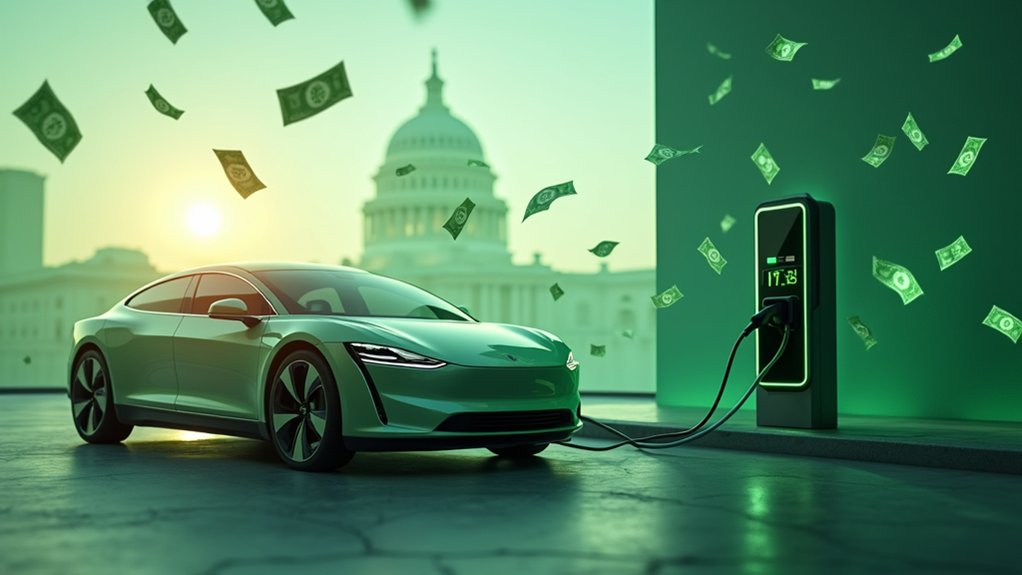
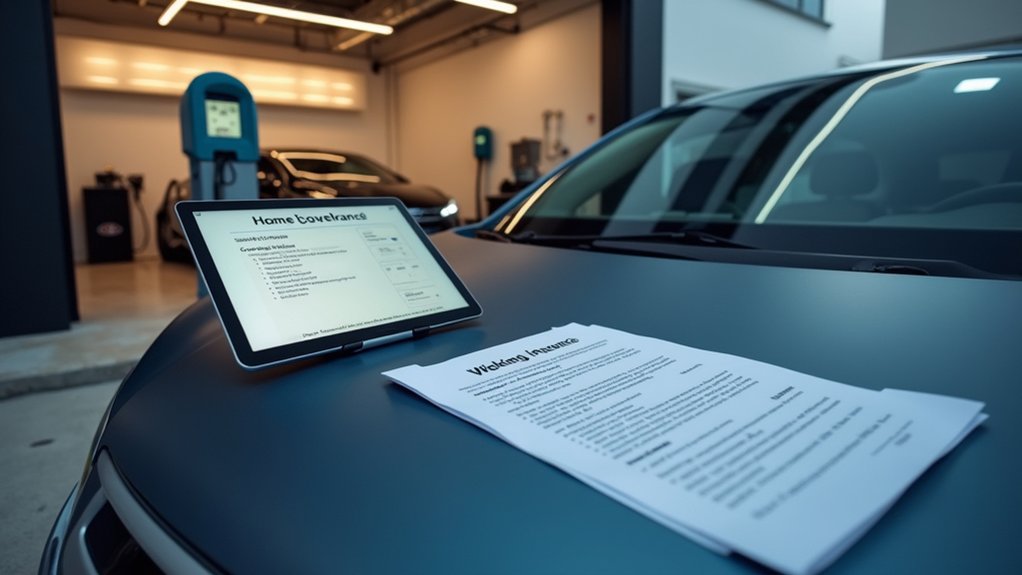

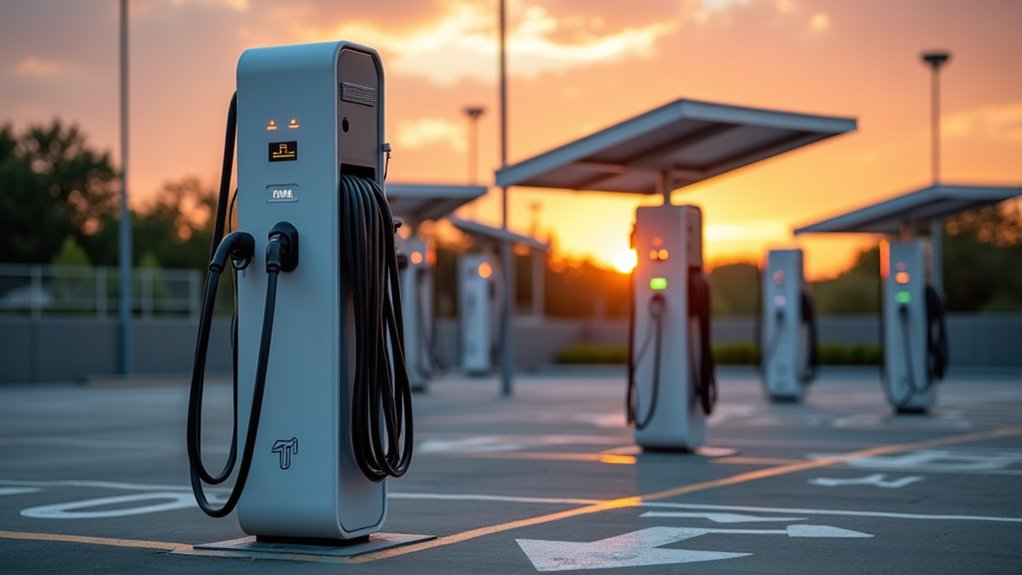
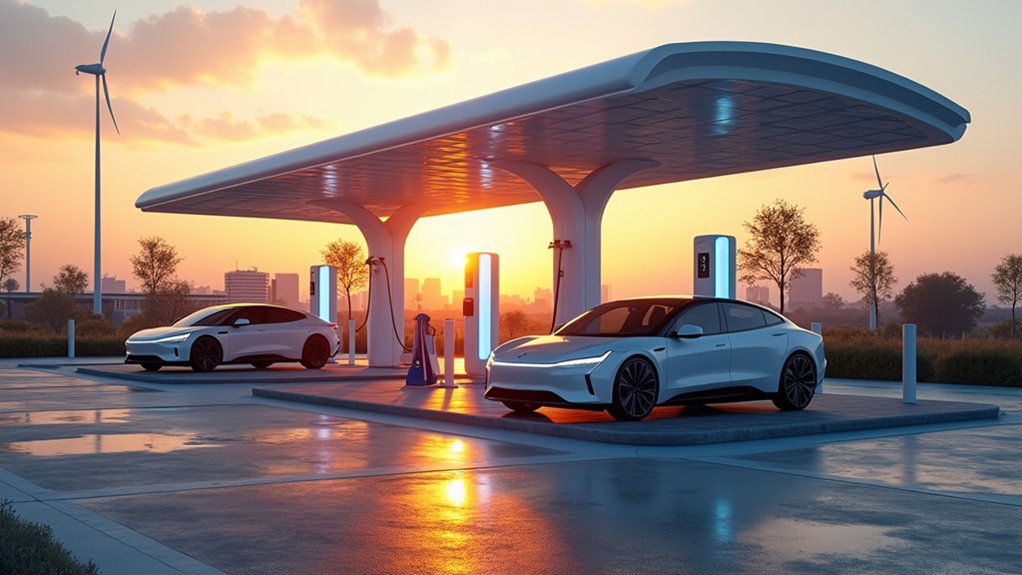
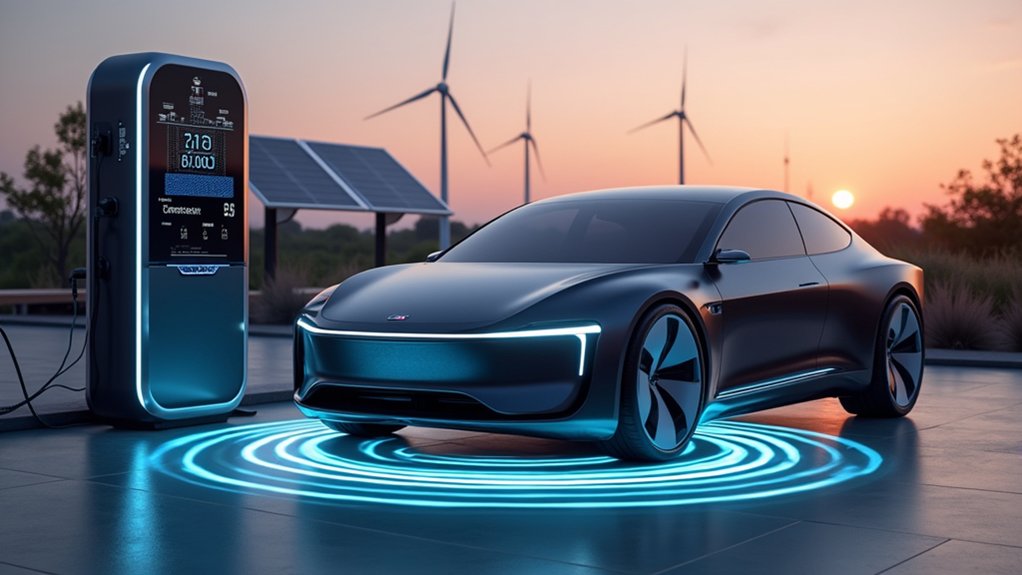



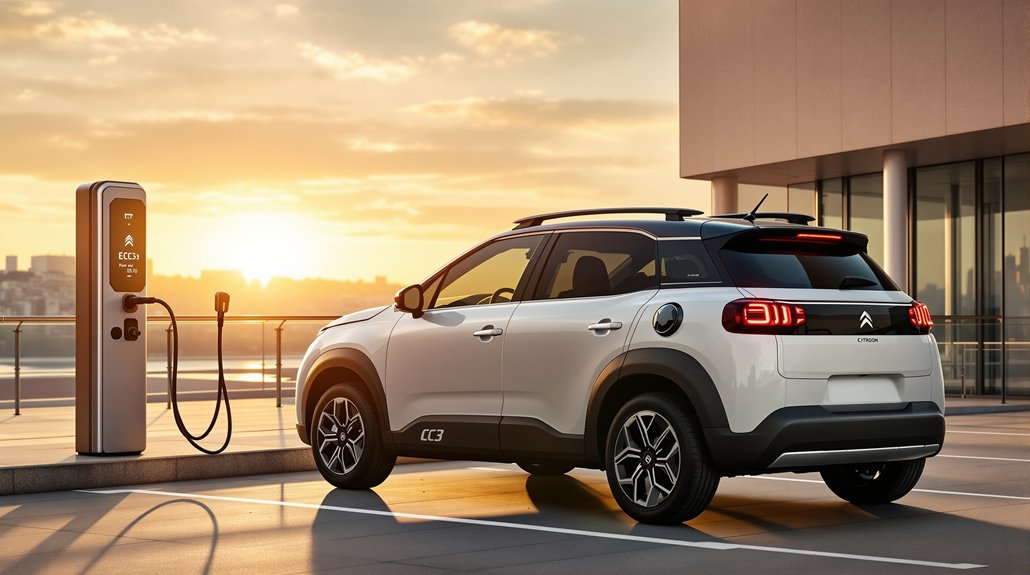
3 comments